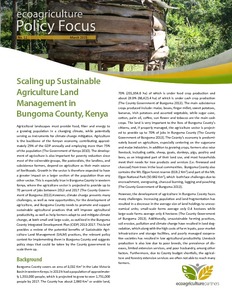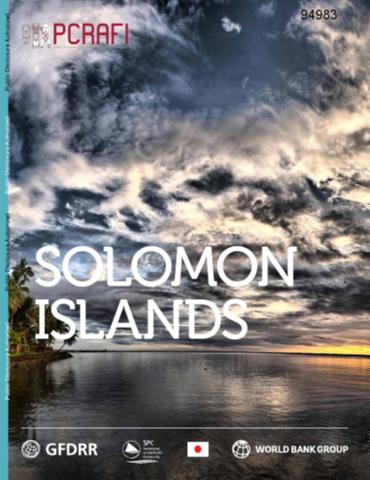Drinking Water Salinity and Infant Mortality in Coastal Bangladesh
Bangladesh, with two-thirds of its land
area less than five meters above sea level, is one of the
most climate-vulnerable countries in the world. Low-lying
coastal districts along the Bay of Bengal are particularly
vulnerable to sea level rise, tidal flooding, storm surges,
and climate-induced increases in soil and water salinity.
This paper investigates the impact of drinking water
salinity on infant mortality in coastal Bangladesh. It






